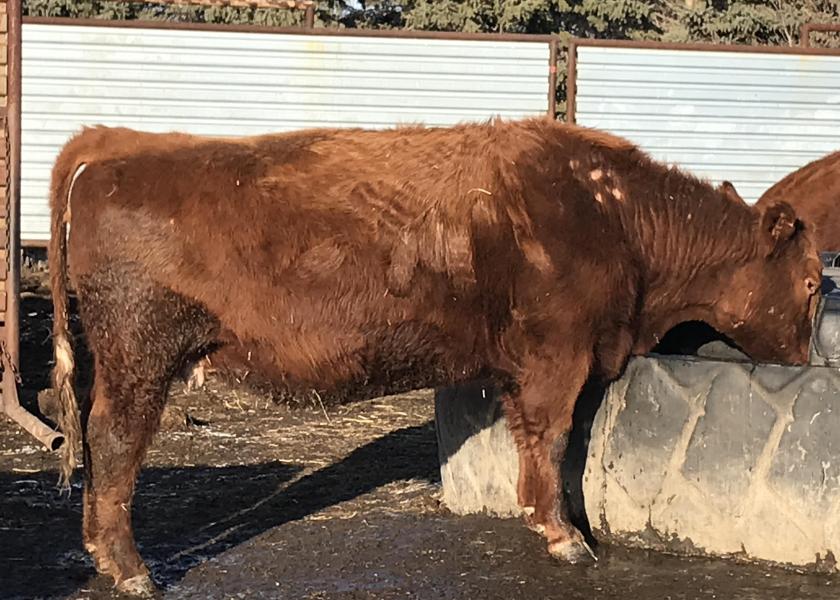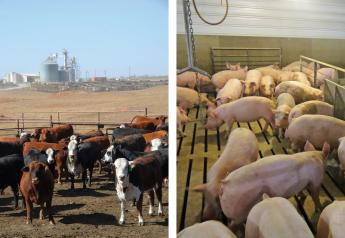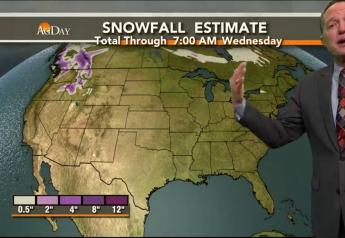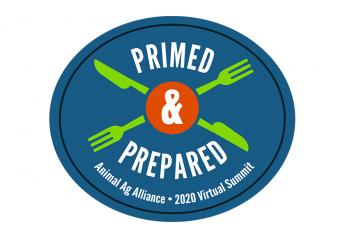 |
| Newborn calf to first time mom 40 minutes after calving. Courtesy of Todd Williams W5 Herefords. |
Each year in January, it is time to review and prepare for the most important season in a spring-calving cow operation. As the calving season approaches, an increased understanding of the parturition process is helpful. The more we understand about the physiology of the process, the more likely we are to make sound decisions about providing assistance. Parturition or “calving” is generally considered to occur in three stages.
Stage 1: The first stage of parturition is dilation of the cervix. The normal cervix is tightly closed right up until the cervical plug is completely dissolved. In stage 1, cervical dilation begins some 2 to 24 hours before the completion of parturition (2 to 6 hours would be most common). During this time the “progesterone block” is no longer present and the uterine muscles are becoming more sensitive to all factors that increase the rate and strength of contractions. At the beginning, the contractile forces primarily influence the relaxation of the cervix but uterine muscular activity is still rather quiet.
Stage 1 is likely to go completely unnoticed, but there may be some behavioral differences such as isolation or discomfort. At the end of stage one, there may be come behavioral changes such as elevation of the tail, switching of the tail and increased mucous discharge. Also relaxation (softening) of the pelvic ligaments near the pinbones may become visually evident, giving a “sunken” appearance on each side of the tailhead. Checking for complete cervical dilation is important before forced extraction (“pulling”) of the calf is attempted.
Stage 2: The second stage of parturition is defined as the delivery of the newborn. It begins with the entrance of the membranes and fetus into the pelvic canal and ends with the completed birth of the calf. So the second stage is the one in which we really are interested. This is where we find all of the action.
Clinically, and from a practical aspect we would define the beginning of stage 2 as the appearance of membranes or water bag at the vulva. The traditional texts, fact sheets, magazines, and other publications that we read state that stage 2 in cattle lasts from 2 to 5 hours.
Data from Oklahoma State University (Putnam, et al. 1985) and the USDA experiment station at Miles City, Montana (Doornbos, et al, 1984) would indicate that stage 2 is MUCH shorter. In these studies, assistance was given if stage two progressed more than two hours after the appearance of water bag at the vulva. The interesting thing about the data was that the heifers calving unassisted, did so in about one hour after the initiation of stage two, and mature cows calved within an average of 22 minutes of the initiation of stage two. Those that took longer needed assistance.







